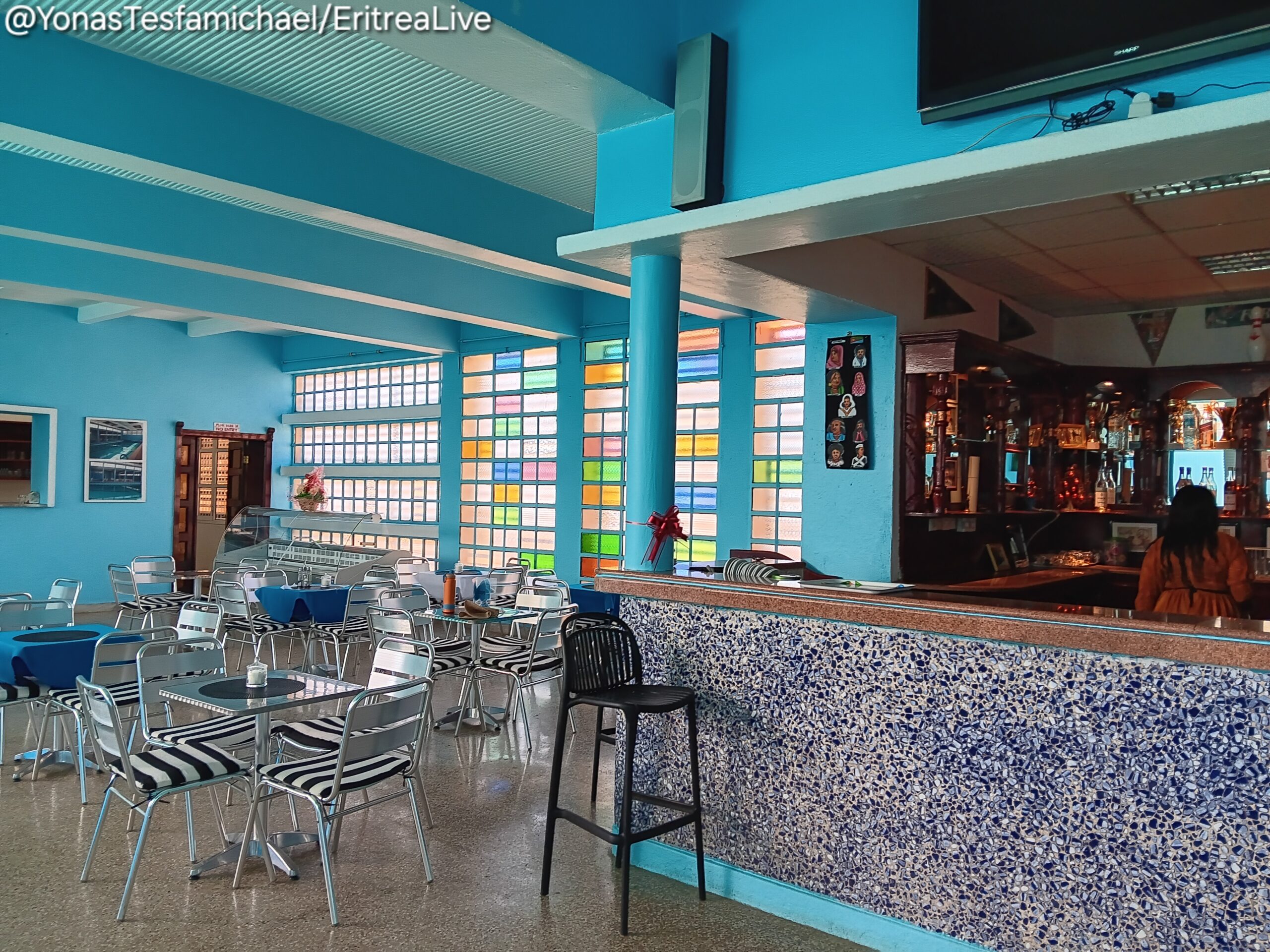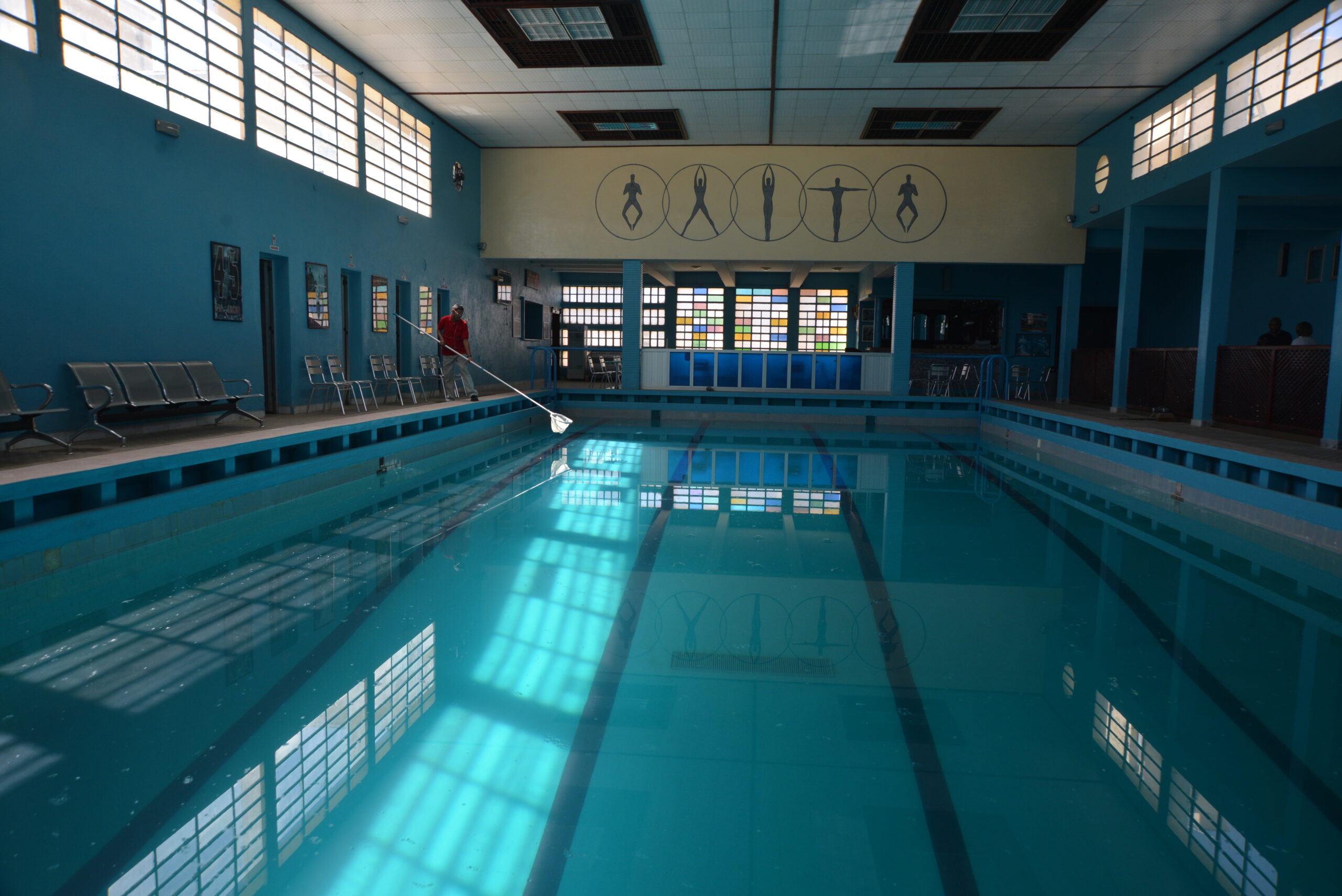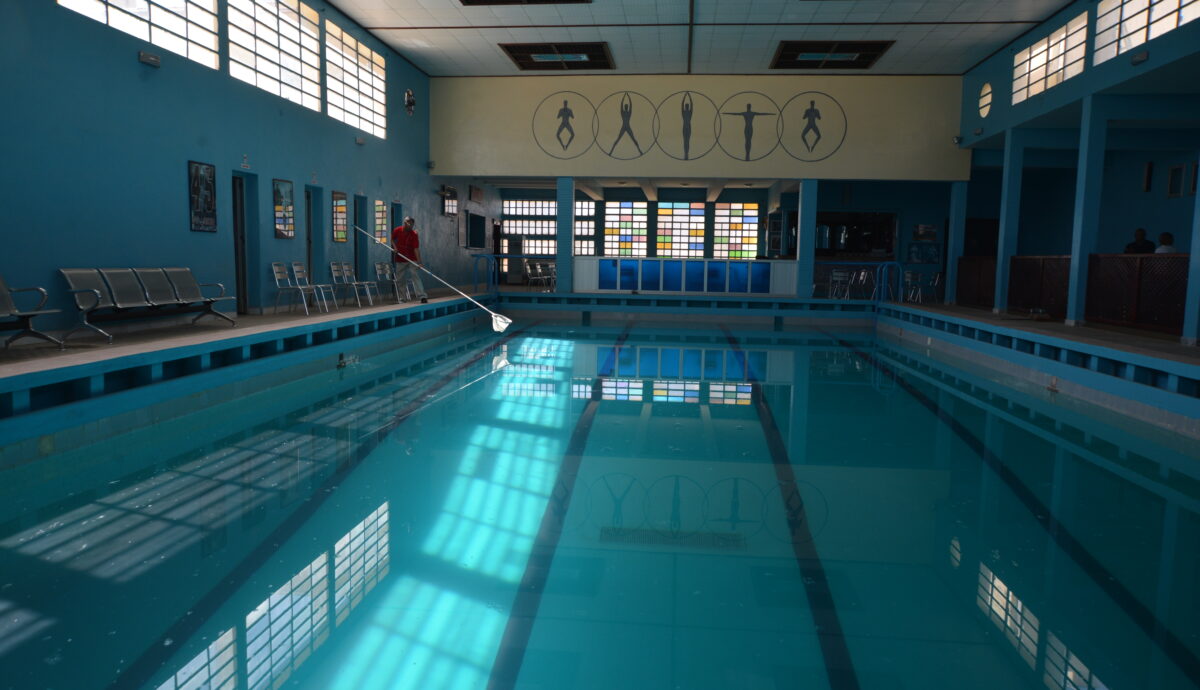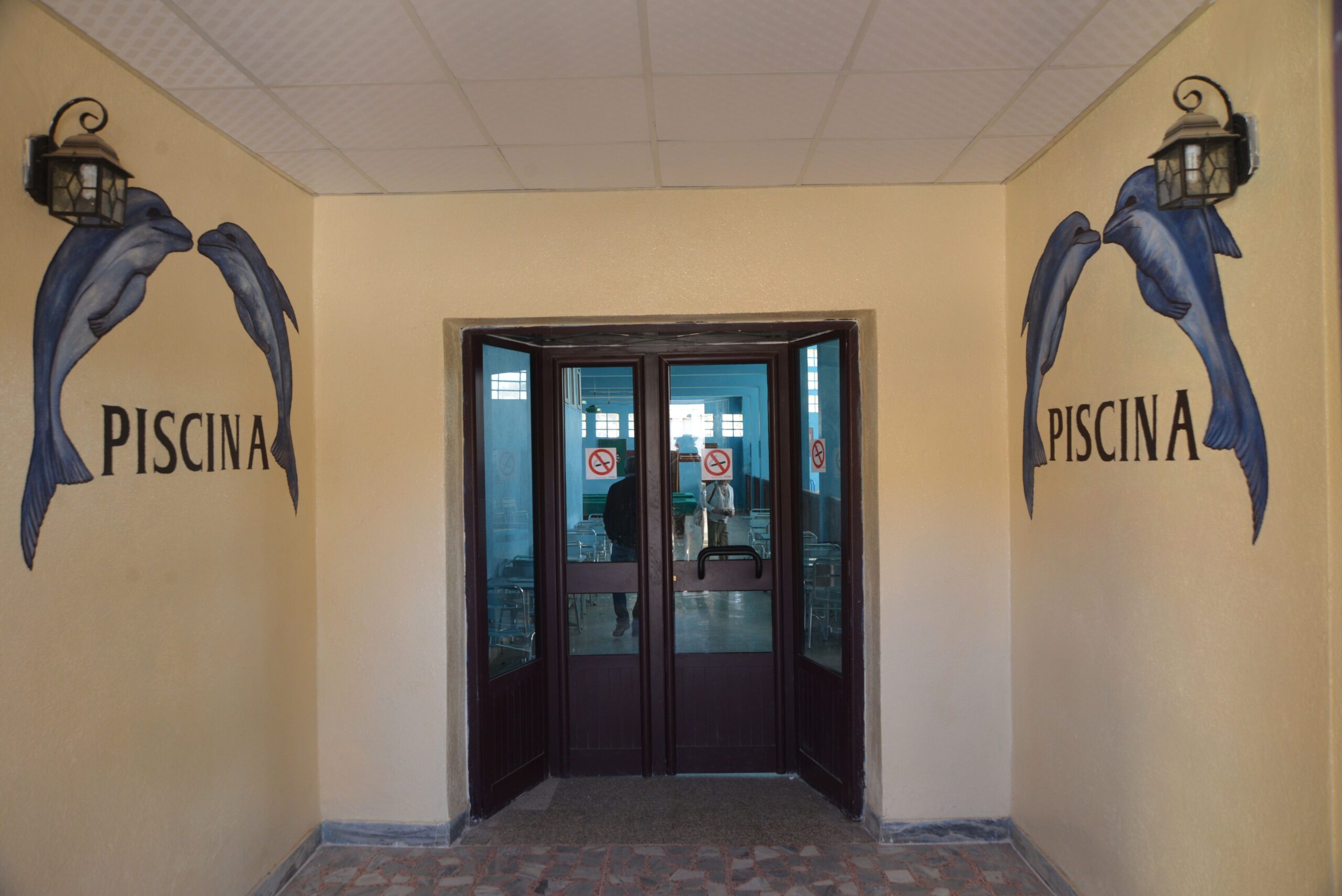In Eritrea, the historic Mingardi swimming pool in Asmara reopens

Asmara, the capital of Eritrea, with its squares, long tree-lined avenues and many buildings in rationalist, Deco and futurist style, takes on the appearance that it still has today in the 1930s, when very young architects, surveyors, master builders and engineers worked there, having arrived in the Italian colony full of enthusiasm and desire to do.
Their work confirms what the English journalist Evelyn Waugh wrote in 1936, that the idea of conquering a country to go and work there, of treating an empire as a place where things had to be taken, rather than plundering it, is the innovation of Italian colonialism compared to that of France and England.
Perhaps this is why the result, at times, has gone far beyond expectations. Unique buildings arise, such as the Fiat Tagliero service station, built by Giuseppe Pettazzi in 1938, which becomes, with its spread wings, the futurist symbol of modernity in Asmara.
Needless to say, the beauty of the city, recognized as a World Heritage Site by UNESCO in 2017, cannot alleviate the colonial choice, which remains predatory in itself.
However, among those young people who arrived in Asmara full of good intentions, there was also Arturo Mezzèdimi. Born in 1922, the young Mezzedimi, from Poggibonsi, embarked from Naples to join his father in Eritrea in 1940. His arrival, however, coincided with Italy's entry into the war, on June 10 of that same year.
Mezzedimi then remained in Eritrea and began to get busy, working as a surveyor.
He soon received an important assignment, the construction of the swimming pool wanted by Mrs. Ines Mingardi, owner of the land in the center of Asmara.
The pool is built with local materials. It has a large basin, 9 x 20 meters and is equipped with a filter for daily water change.
Mezzedimi's project, completed in 1945, was very successful. So much so that the magazine Domus, directed at the time by Giò Ponti, published three images of it with a short introductory text in issue 233 of 1949.
The swimming pool remained open until the 1970s, then closed due to the nationalization and expropriation of the building by the Ethiopian government of Menghistu Haile Mariam, who replaced the emperor Haile Sellassie, continuing to occupy Eritrea. It reopened twenty years later, when the country gained independence in 1991. In 2013, Franco Seghi, who had reopened it and managed it, told me its history and vicissitudes. It was later closed again, due to problems with water and energy shortages.

The Mingardi swimming pool is a beautiful rationalist building, with floor-to-ceiling colored glass and stylized swimmers on the pediment that separates the pool from the bar. Even in this case, however, the fascist references, arriving in a toned-down form, stand up to the passing of time better than similar paintings or mosaics done in the same period in Italy. I am thinking of the swimming pool at the Foro Italico in Rome.
The colored glass of the Mingardi pool, in addition to decorating the walls, had the function of collecting the heat of the sun and projecting its light internally. They were the forerunners of the current solar panels installed on the roof.
Under the pool, once upon a time, there were old brass shutters that had the function of circulating the water. In front of the entrance there are still paintings depicting dolphins, preserved despite the various restorations necessary to remove the humidity.
I would say that with the reopening of the Mingardi swimming pool, the tourist who comes to Asmara can experience, in addition to the pleasure of a nice swim, the elegance of the past.
Dolce Marilena
Marilena Dolce, journalist. I have been traveling to the Horn of Africa for over ten years and have been writing about what I see for just as many years. Especially about Eritrea and Ethiopia, but not only. Since 2012 I have been writing for EritreaLive, news and stories live from Eritrea. Because to understand the world you have to get out of your neighborhood, even just by reading



